Latest Posts
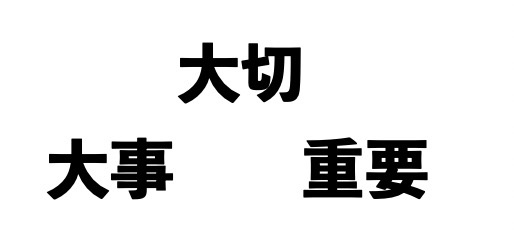
4. What is the difference in meaning between 大切(taisetsu), 大事(daiji), and 重要(jyuuyou) in Japanese.
What is the difference in meaning between 大切(taisetsu), 大事(daiji), and 重要(jyuuyou) in Japanese.
What are the meaning of 大切 (taisetsu) in J ...
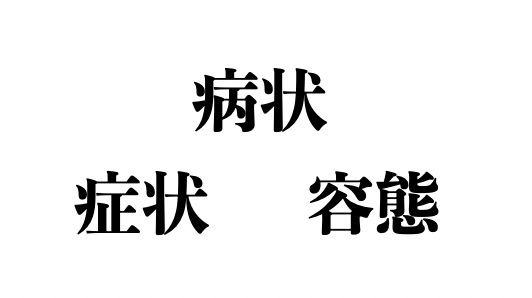
3. What is the difference in meaning between 病状(byoujyou), 症状(shoujyou), and 容態(youtai).
What is the difference in meaning between 病状(byoujyou), 症状(shoujyou), and 容態(youdai) in Japanese.
Do you know the difference between these nuanc ...

2. What is the difference in nuances and meaning between 見る,観る,診る, and 看る(miru) in Japanese.
What is the differences in nuance and meaning between 見る,観る,診る, and看る(miru) in Japanese.
Do you know the difference between the nuances and ...
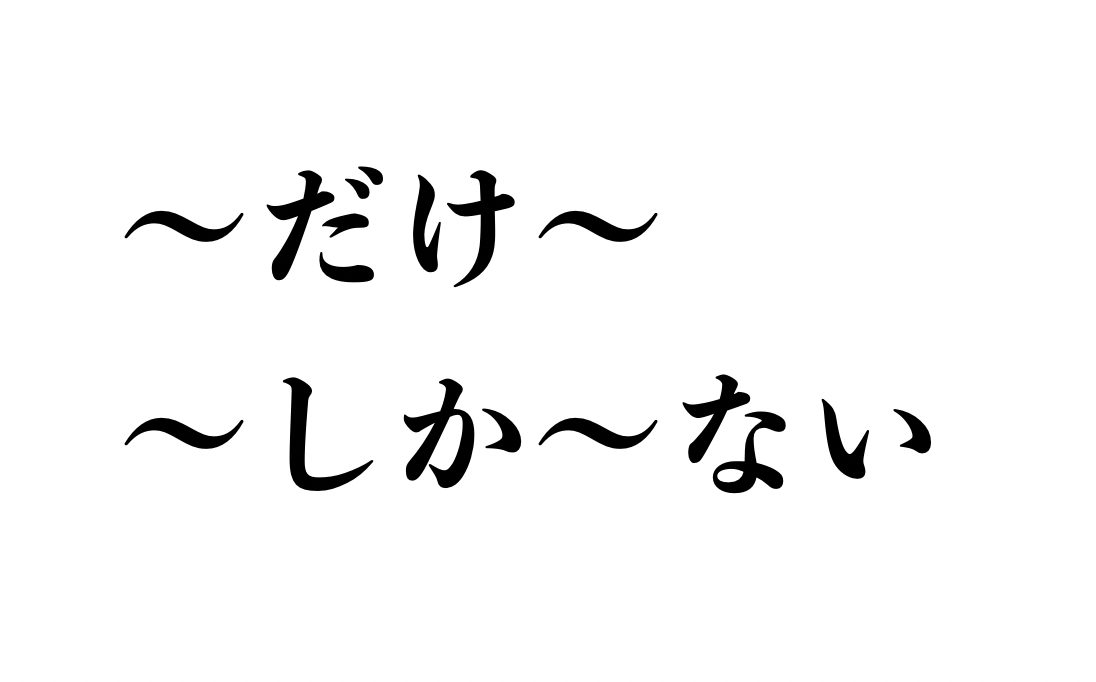
1. What is the difference between “~だけ~”(DAKE) and “~しか~ない”(SHIKA NAI).
Do you know the differences in nuance between "〜だけ〜" (~dake~) and "〜しか〜ない" (~shika~nai~)?
What is the differences in nuance between "shika" and ...
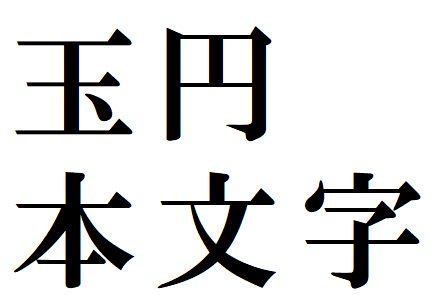
Lesson11. Japanese kanji. What is the meaning of 玉、円、本、文、字 ?
Continuing with what we covered the lesson (Lesson10 Japanese kanji).Let`s study about the Japanese kanji (人、子、犬、虫、車) one by one.
No.50 What`s the ...
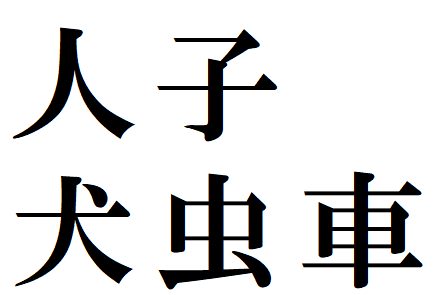
Lesson10. Japanese kanji. What is the meaning of 人、子、犬、虫、車.
Continuing with what we covered the lesson (Lesson9 Japanese kanji), let`s study about the Japanese kanji (人、子、犬、虫、車) one by one.
https://k-jap ...

Lesson 9. Japanese kanji. What is the meaning of 男、女、赤、青、白.
Continuing with what we covered the lesson (Lesson8. Japanese kanji), let`s study about the Japanese kanji one by one.
No.40 What`s the meanin ...

Lesson 8. Japanese kanji. What is the meaning of 目、口、耳、手、足.
Continuing with what we covered the lesson (Lesson.7 Japanese kanji), let`s study about the Japanese kanji (目、口、耳、手、足) one by one.
https://k-ja ...
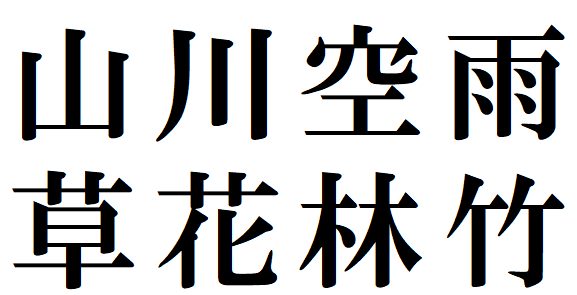
Lesson7. Japanese kanji. What is the meaning of 山、川、空、雨、草、花、林、竹.
Continuing with what we covered the lesson (#6 Japanese kanji), let`s study about the Japanese kanji one by one.
No.27 What`s the meaning of 山, ...
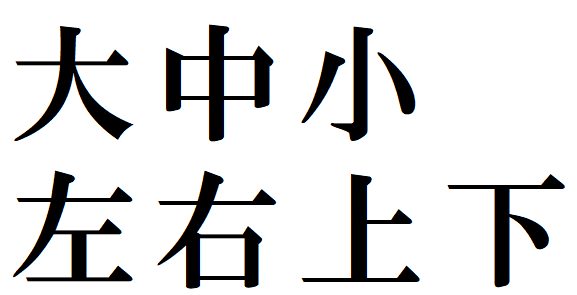
Lesson6. Japanese kanji. What is the meaning of 大、中、小、左、右、上、下.
Continuing with what we covered the lesson (#5 Japanese kanji), let`s study about the Japanese kanji one by one.
No.20 What`s the meaning of 大, an ...